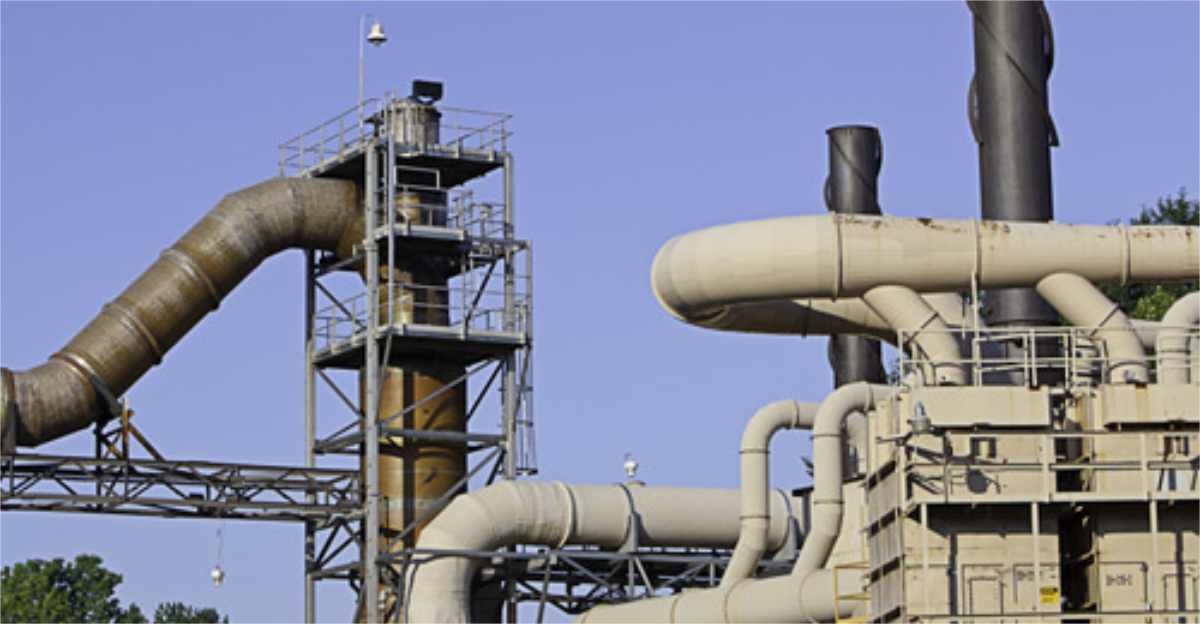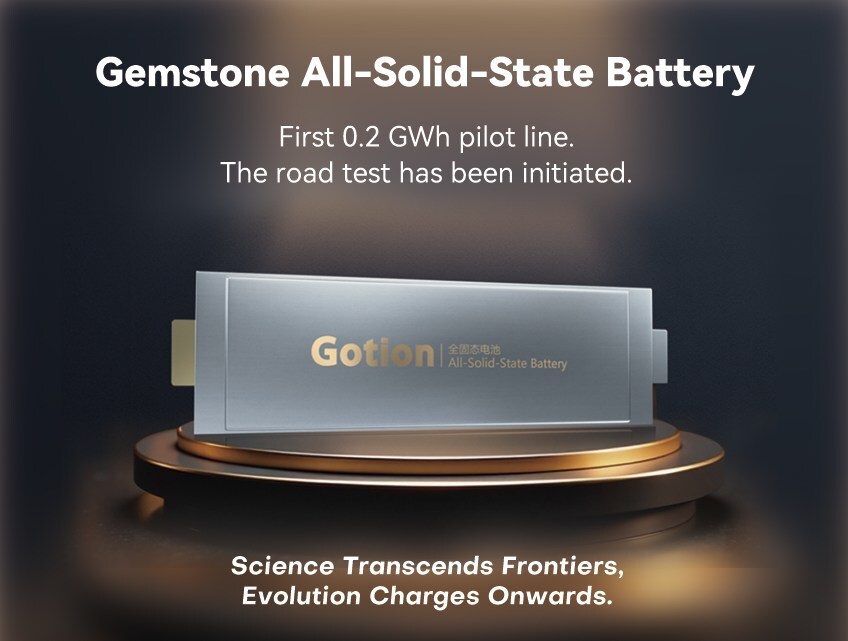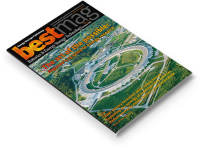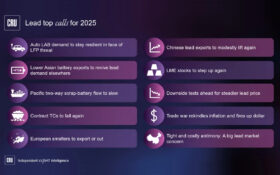Battery maker East Penn increased its hazardous waste recycling in 2023, with a total of 147,906 short tons of waste recycled, up from 110,052 in 2022. The amount of hazardous waste sent to landfill – slag, refractory waste, wastewater treatment plant sludge and remediation waste – went up to 10,028 tons from 7,916 tons, according to the company’s 2024 sustainability report.
Recycled hazardous waste consists of spent lead batteries collected from third parties and factory scrap material, which are recycled at the Lyon Station recycling facility to make new batteries.
In terms of health and safety, its recorded incident rate was 3.8 last year, down from 4.3 in 2022. It recorded zero fatalities in 2023 and 2022.
Blood lead levels (BLLs) were an average of 8.9 in 2023, down from 9.2 in 2022, and well below the voluntary standard of 25.0 and OSHA standard of 50.0. East Penn said it participates in a voluntary industry effort to record all employee BLLs below 20 by 2025, a measure significantly below federal standards.
The effort is led by battery manufacturer trade associations, including Battery Council International, the Association of Battery Recyclers, the International Lead Association and Eurobat.
It recycled 175 million pounds of lead from spent batteries in 2023, down from 188 million in 2022. Lead from recycled sources increased, however, to 90% from 79.8%. The amount of plastic from recycled sources went up slightly to 84.4% and CO2 emissions were down to 348,439 tonnes from 380,255 tonnes the year before.












